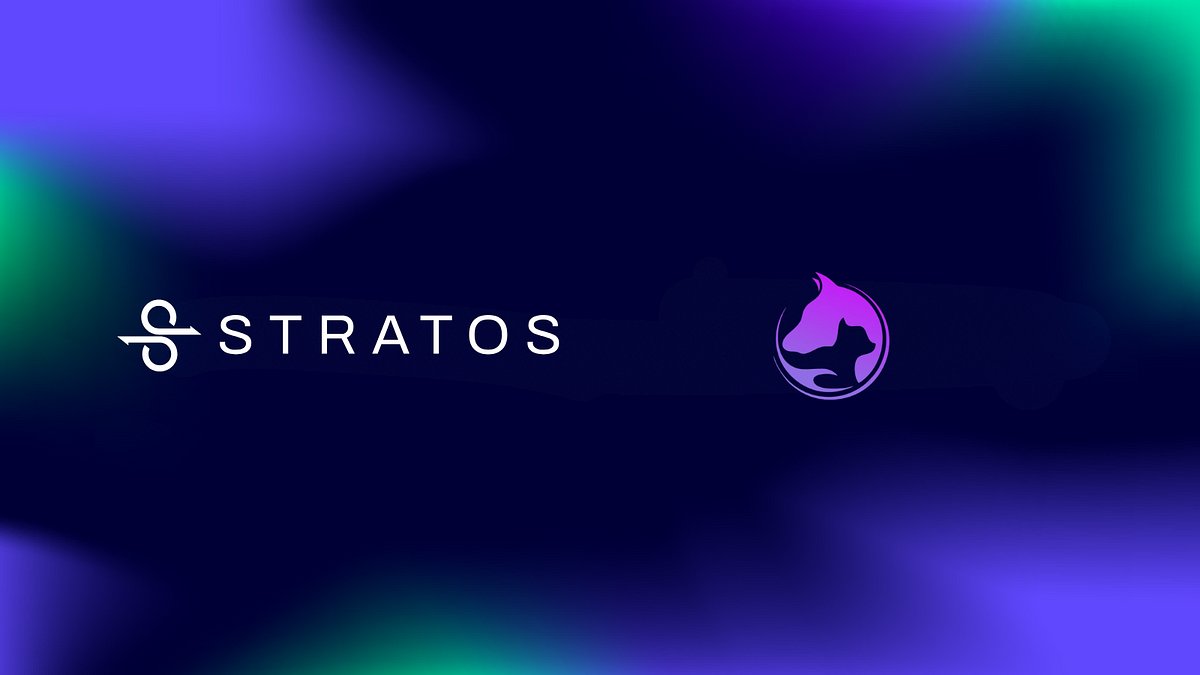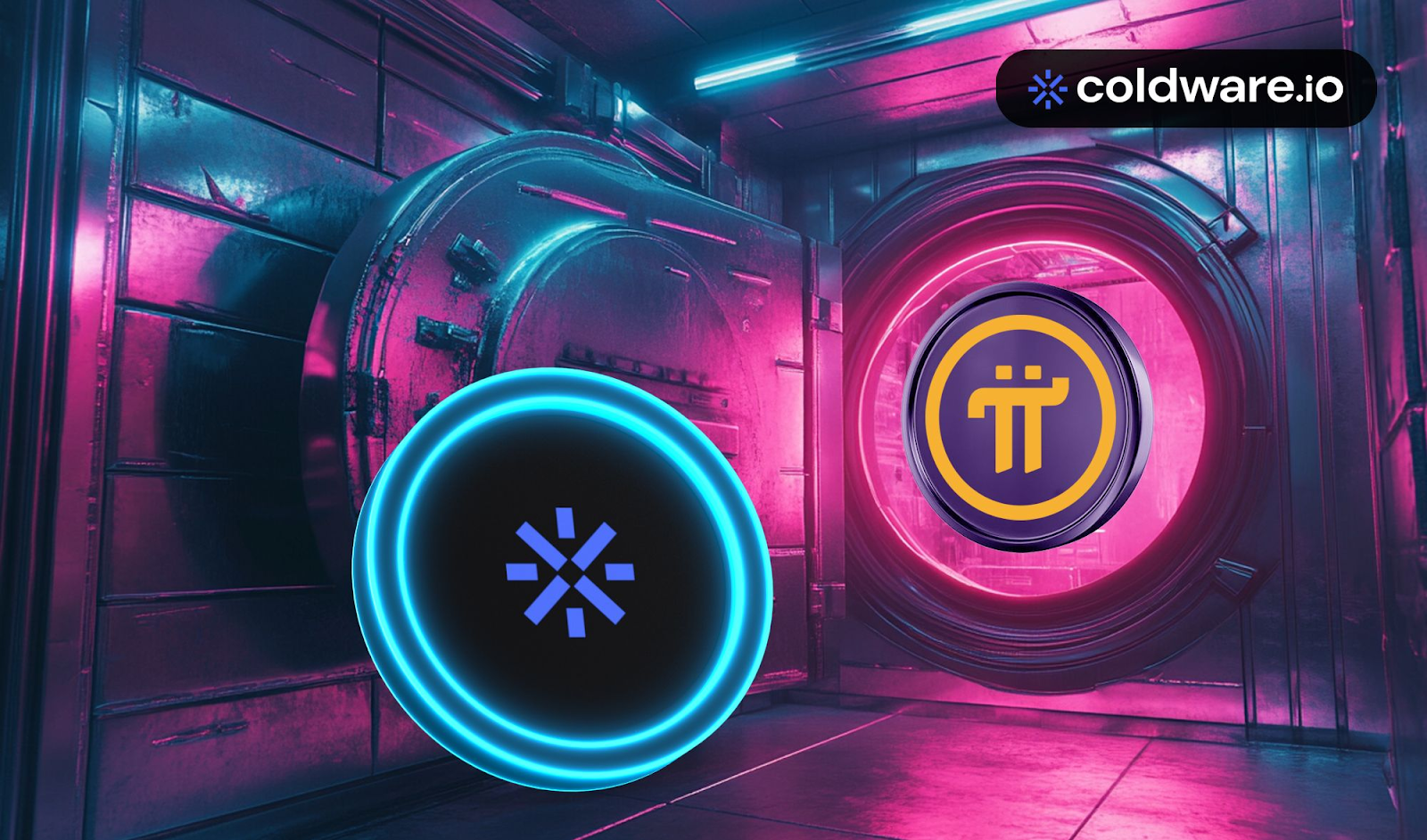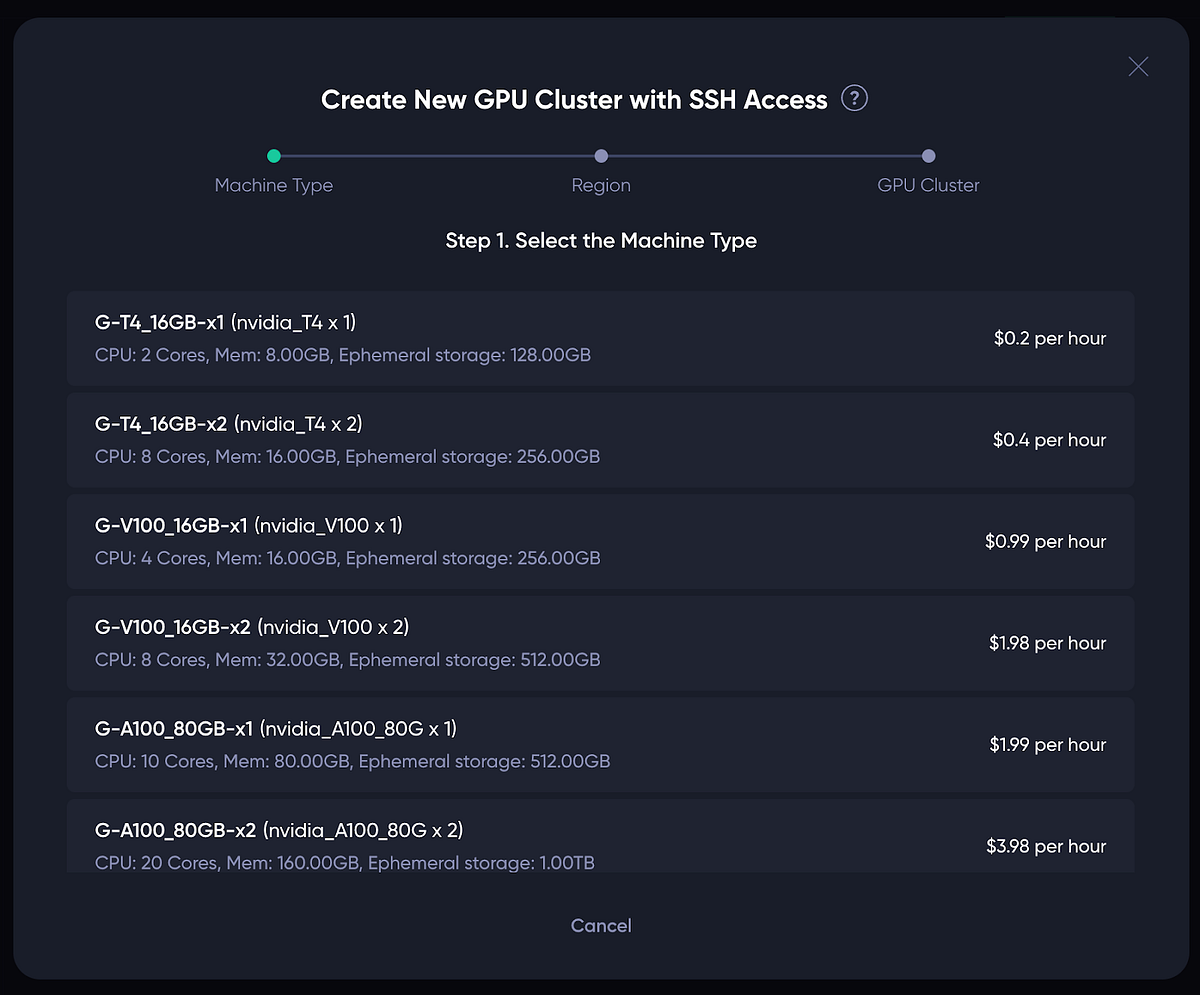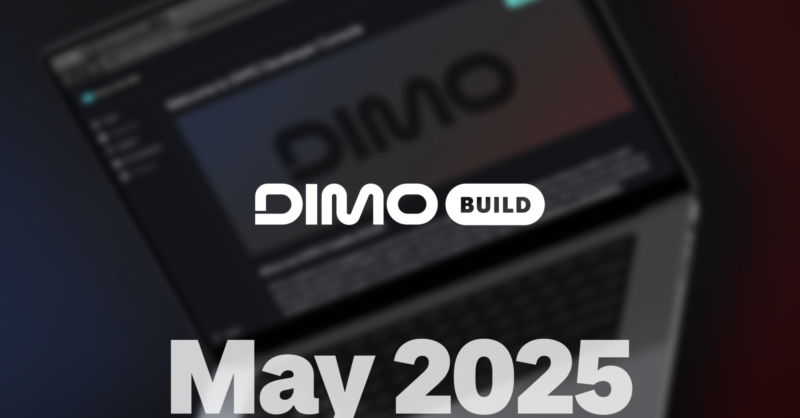Stratos Partners with FurGPT to Enhance Virtual Pet Art through AI and Web 3.0

Stratos has announced an exciting partnership with FurGPT, a pioneering platform that integrates AI technology with Web 3.0 to create personalized virtual pet art. This collaboration leverages Stratos’ decentralized storage infrastructure, which provides secure and scalable storage solutions for the virtual pet creations and interactions of FurGPT users. Operating across multiple networks, including BNB Chain, Ethereum, and Lithosphere, FurGPT combines the creativity of AI with decentralized finance (DeFi) to enhance digital experiences in a unique way.
With this partnership, FurGPT users can expect improved performance and data security while bringing their customized digital pets to life. Stratos’ decentralized storage network is designed to ensure high performance, reliability, and resilience against the limitations often found in centralized systems. This solid foundation allows FurGPT to expand its functionalities in both AI and Web 3.0, ultimately enriching the user experience and fostering creativity in the digital art space.
The collaboration between FurGPT and Stratos signifies a significant step towards empowering users to create, connect, and explore the future of interactive and decentralized digital art. By merging innovative technologies in a secure Web3 environment, this partnership is set to redefine how users engage with digital pets and art, making it a noteworthy development in the blockchain and AI landscape.
Related News





